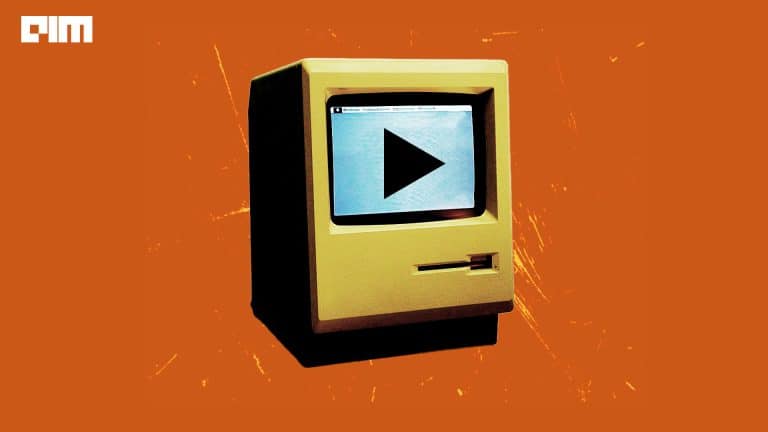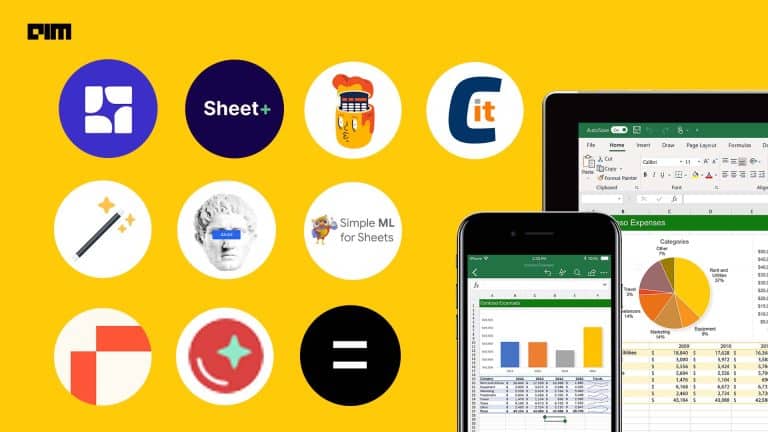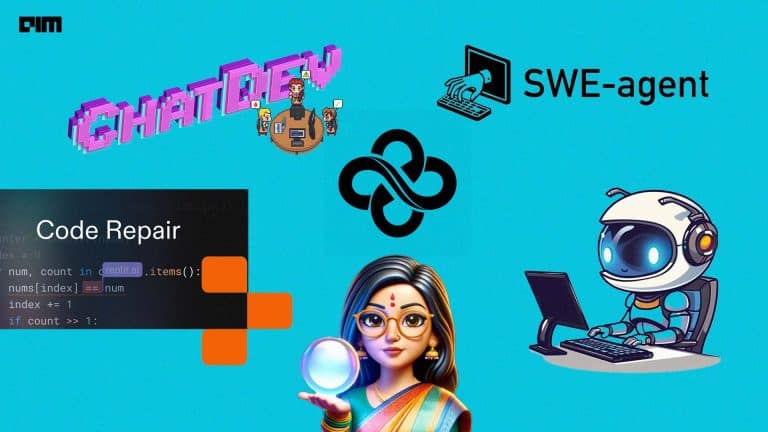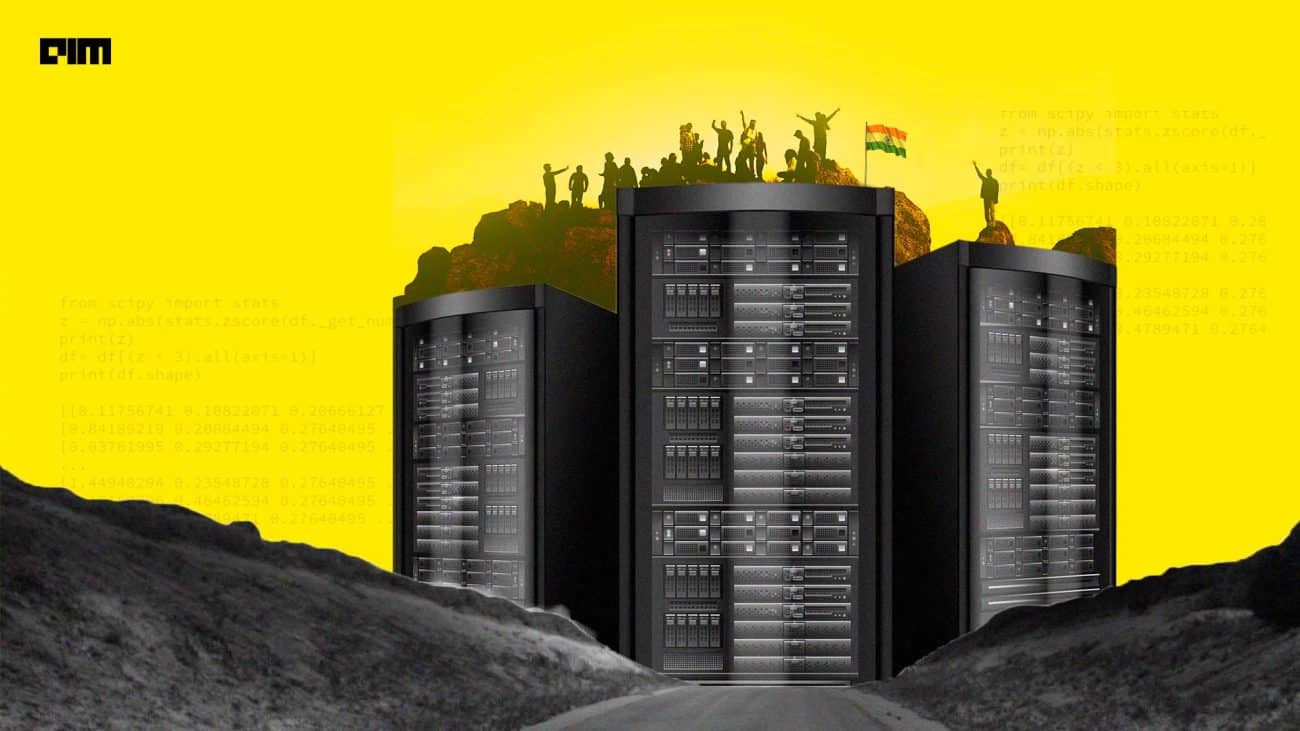|
Listen to this story
|
Brainchild of Canadian computer scientist James Gosling, Java continues to be one of the most popular programming languages since its launch 28 years ago. The class-based object oriented programming language has been one of the top three languages for the past 20 years. According to research portal Statista, as of August 2022, 65% of the developers use Java. Let us look at some of the widely used Java frameworks.
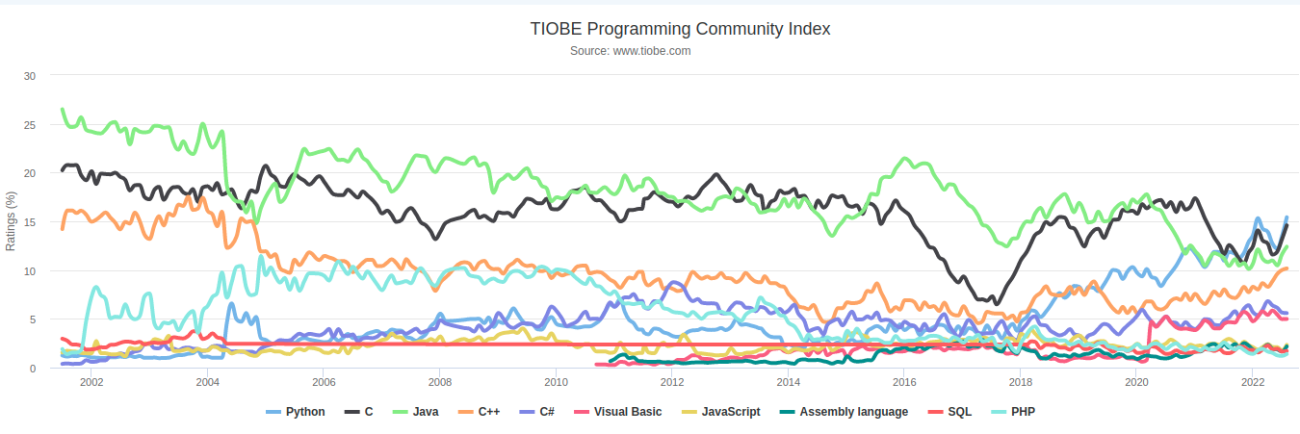
RIFE2
RIFE makes a comeback after a decade with new features in RIFE2. Based on the original RIFE framework, RIFE2 is a full-stack framework to quickly and effortlessly create web applications with modern Java. Since the Java environment’s initial release, many of the original RIFE APIs can now be replaced with pure Java, doing away with the need for XML or YAML and enabling the usage of expressive, type-safe code. Web continuations, a bidirectional template engine, a bean-centric metadata system, full stack autonomy, metadata-driven SQL builders, full localization support, resource abstraction, a persisted cron-like scheduler, and a continuations-based workflow engine are some of the features of this framework.
Spring
Spring is a lightweight, popular open-source Java framework for developing enterprise web applications. It comprises several technologies such as Aspect-Oriented Programming (AOP), Dependency Injection (DI), and Plain Old Java Object (POJO) to simplify the process of building softwares. Sub-frameworks like Spring MVC (Model-View-Controller), Spring Web Flow, and Spring ORM are also available. The framework’s core features include IoC (Inversion of Control) Container, support for Aspect-oriented programming, Data access framework, Transaction management framework, Spring MVC framework, Spring web service, and Spring test frameworks. Spring supports Kotlin, Groovy as well as JDBC, which increases efficiency and decreases errors. Moreover, it allows modularity and both XML-based and annotation-based setup, simplifying projects’ testability and backward compatibility.
Google Web Kit (GWT)
Google Web Kit (GWT), as its name suggests, was created by Google to enable programmers to develop web interfaces and can write source code which is compatible in all browsers as JavaScript. Despite recent decline in popularity, it is user-friendly and enables designers to create user interfaces even if you only have a basic understanding of front-end scripting languages. Internationalisation, cross-browser portability, UI abstraction, bookmarking, and history management are just a few of the features of GWT. Google APIs are heavily utilised in GWT apps, which are used to create many well-known Google applications such as AdSense and Google Ads (AdWords). However, unfortunately, it doesn’t provide developers with any control over the front-end output and generates non-semantic HTML code.
Grails
The full-stack framework Grails is based on the stateless, web-friendly, and lightweight MVC design pattern and uses the minimum resources—CPU and memory—for a highly scalable mobile and web application. It was built on the principle of convention over configuration (with sensible defaults) and comes with several practical features such as a large plugin library, support for REST APIs, ease in JAR file creation, object mapping, and dynamic construction. In addition, it is incredibly developer-friendly and includes thorough, high-quality documentation as well as step-by-step instructions. To take advantage of its productivity-enhancing features such as dependency injection, Grails is built on top of Spring Boot. However, you must be familiar with the object-oriented language Groovy to work with Grails.
Apache Tapestry
Apache Tapestry is a component-based, developer-friendly Java framework for building scalable web applications. In addition to having built-in tools to support test-driven development (TDD), it also supports the Selenium testing framework. Like Grails, it prioritises convention over configuration and uses only pure Java objects. Both individual servers and server clusters can work on this framework. Tapestry adheres to practises such as client-side caching, concurrent thread support, JavaScript aggregation and compression, integrated Gzip compression, and more—thus making it fast. Moreover, Tapestry also works with other Java frameworks like Spring and supports the programming languages Groovy and Scala. Tapestry also includes features such as live class reloading, exception reporting, and AJAX support.
Apache Struts
Enterprise web application development is made easy by the Java EE framework Struts which deploys convention over configuration and the MVC design pattern—similar to Grails—for a cleaner and manageable codebase. The quick and easy framework makes it easier for developing complex programmes since it is flexible and user-friendly for beginners. Owing to its plugin-based architecture, Struts is adaptable and expandable in accordance with various projects. It provides original themes and templates that improve the aesthetic appeal of web applications. Although it supports modern technologies like REST, AJAX, and JSON, it lacks any security measures.
Apache Wicket
Wicket is another component-oriented framework built on top of Java 11, much like Struts and GWT, with a focus on modern, Java-based web applications to enable developers to keep their code up to date. Wicket has Content Security Policy (CSP) integration to keep your online apps and websites safe. Wicket’s Plain Old Java Object (POJO) architecture—which uses ‘Plain Old Java Objects’ with OOP characteristics as components—is its key feature in addition to being lightweight and incredibly fast. Developers can change these components by adding graphics, buttons, forms, links, pages, containers, behaviours, and more because they are bundled together as reusable packages. With Wicket, unit testing is incredibly straightforward because there are no XML configuration files and no Back-Button issues. It falls under the umbrella of Apache, much like Tapestry and Struts.





